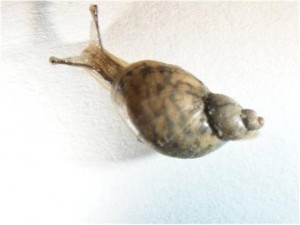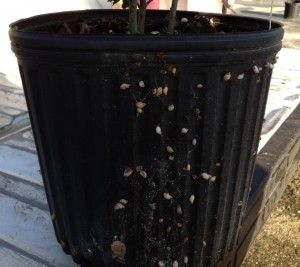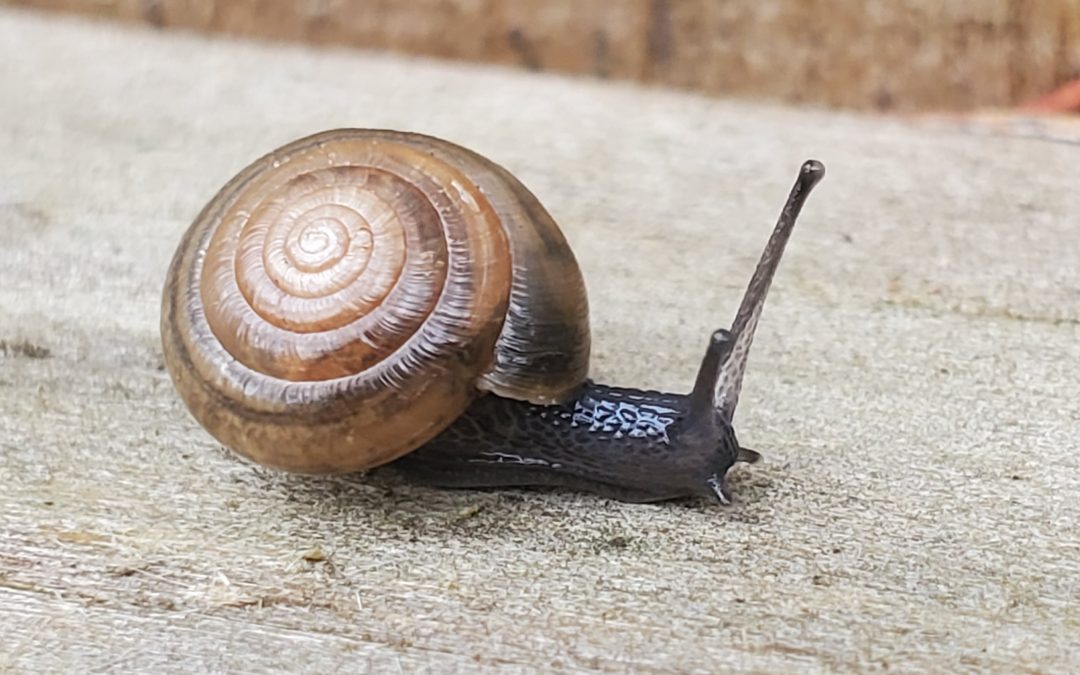
Snails
On occasion, homeowners report being troubled by certain slimy visitors to their gardens. Perhaps not the first pest most people would think about in their landscapes, snails are nonetheless a source of frustration for some. While many species are harmless or even beneficial, some can make a nuisance of themselves by munching on plants, or even just congregating in large numbers.
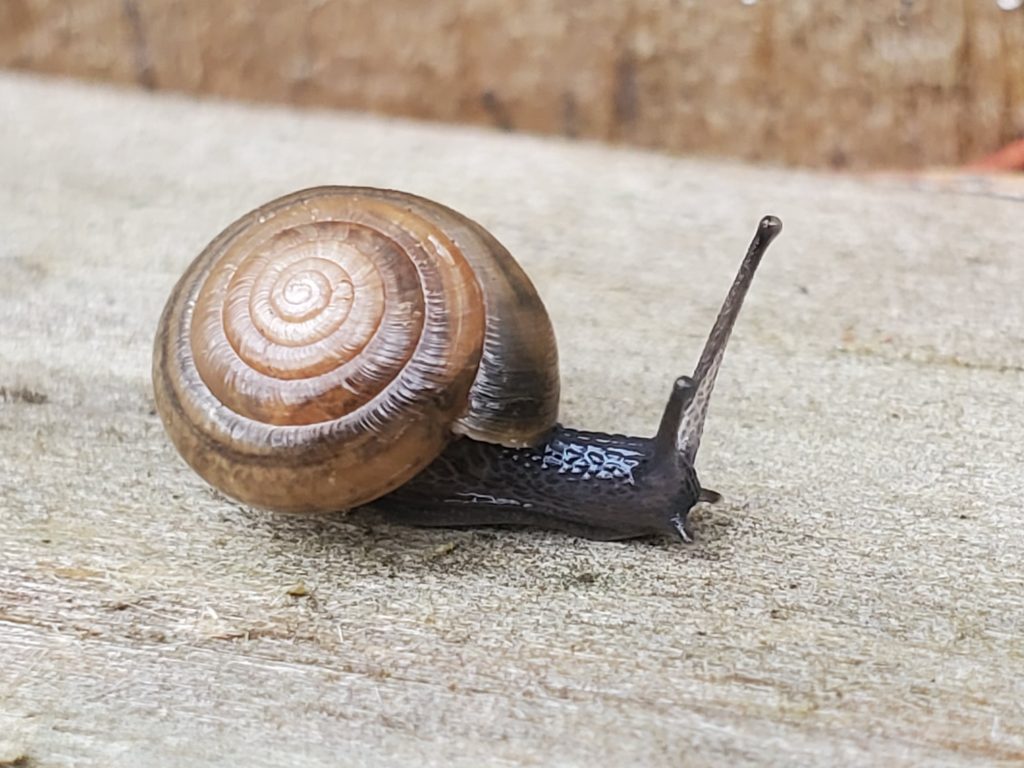
Just sighting a snail is not always cause for alarm. Snails are gastropods, a type of mollusc that is closely related to slugs. Snails may be found in the water or on land, and terrestrial species are often seen in areas where moisture is plentiful. Many feed on decaying organic matter, doing the important job of breaking down dead material in the environment. Others may eat living plants, and can cause consternation when they chew holes in the leaves of vegetables or ornamentals. A few may even act as predators, such as the native rosy wolf snail, which attacks other snails.
Farmers have found difficulty in dealing with Bulimulus sporadicus, a species introduced from the West Indies. This species is often found in moist areas, and seems to prefer feeding on decaying plant matter rather than live plants. However, it is prolific and gregarious, with large populations appearing on walls, fences, irrigation emitters, and on plants. Peanut growers may have difficulty screening the shells, which are around the same size as a peanut, from their harvest. Growers relying on irrigation to water their crops may find nozzles clogged by snails seeking out moisture. And homeowners may find their homes polka-dotted with dozens of these little creatures.
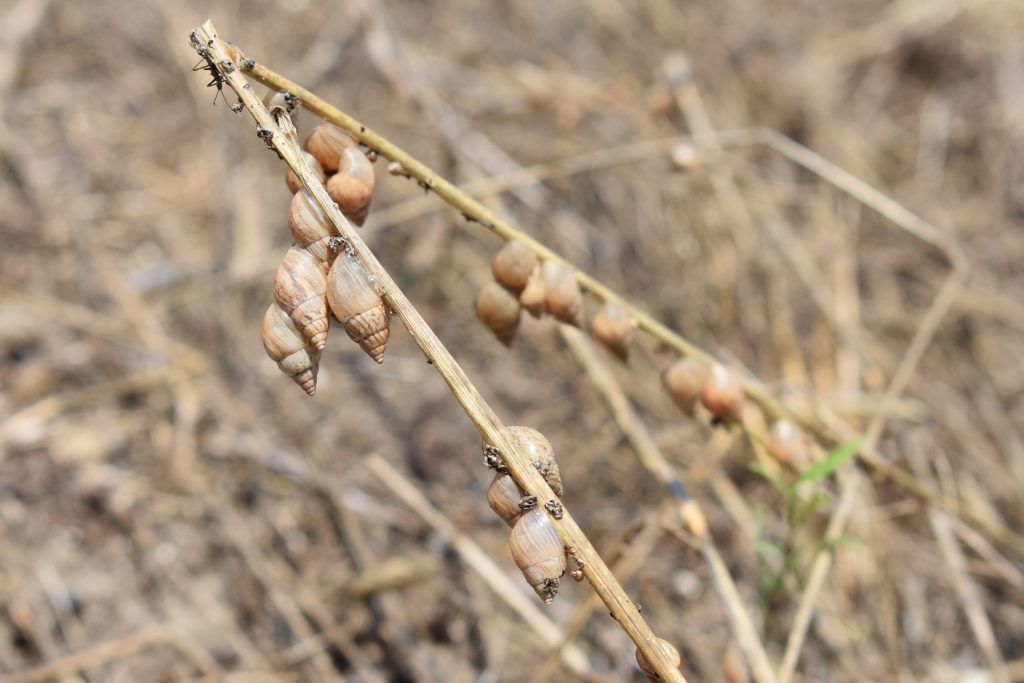
If you are having trouble with snails, consider trying to reduce areas of higher humidity that they may shelter in. Mulch, dead vegetation, or weedy areas can all hold moisture, making happy homes for slugs and snails. While it may be difficult or almost impossible to control humidity, denying pests their shelter can help to keep them away.
Commercial repellents are available. Copper fungicides may protect plants from fungal diseases as well as leave residues that snails find distasteful. Hydrated lime or sulfur dust at the base of plants can repel snails, though be aware that they may have an effect on the pH of the soil if used in large amounts, or over time.
Traps can be of some help in reducing snail populations. A dish with steep sides, sunk into the ground and baited with something attractive, may be able to trap snails in it. Beer, fruit, or leafy greens like lettuce can work, though they may also attract raccoons or other animals.
Some baits containing molluscicides may also be available, but these may or may not be effective.
For more information, see our EDIS publication on terrestrial snails here: https://edis.ifas.ufl.edu/publication/IN893

